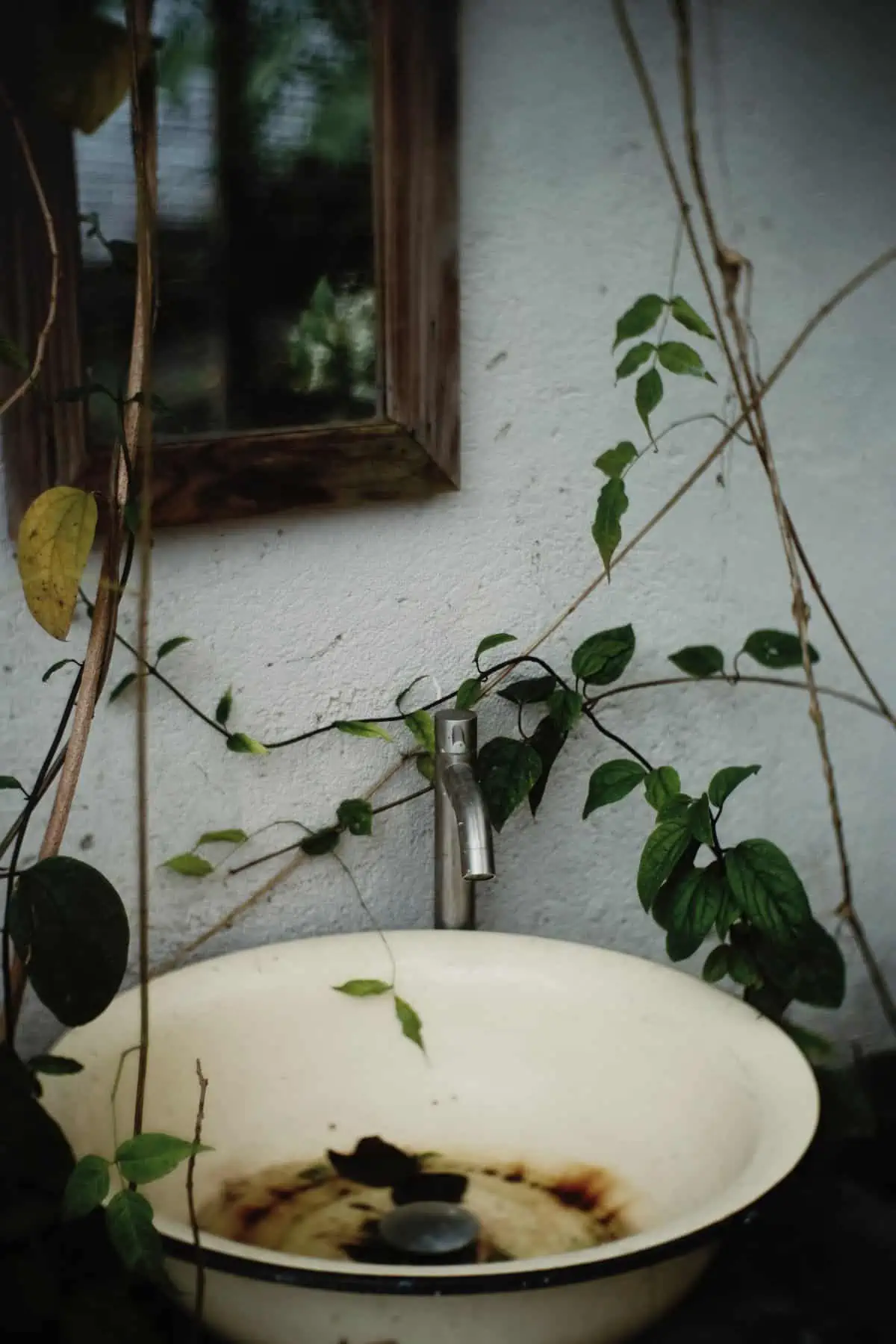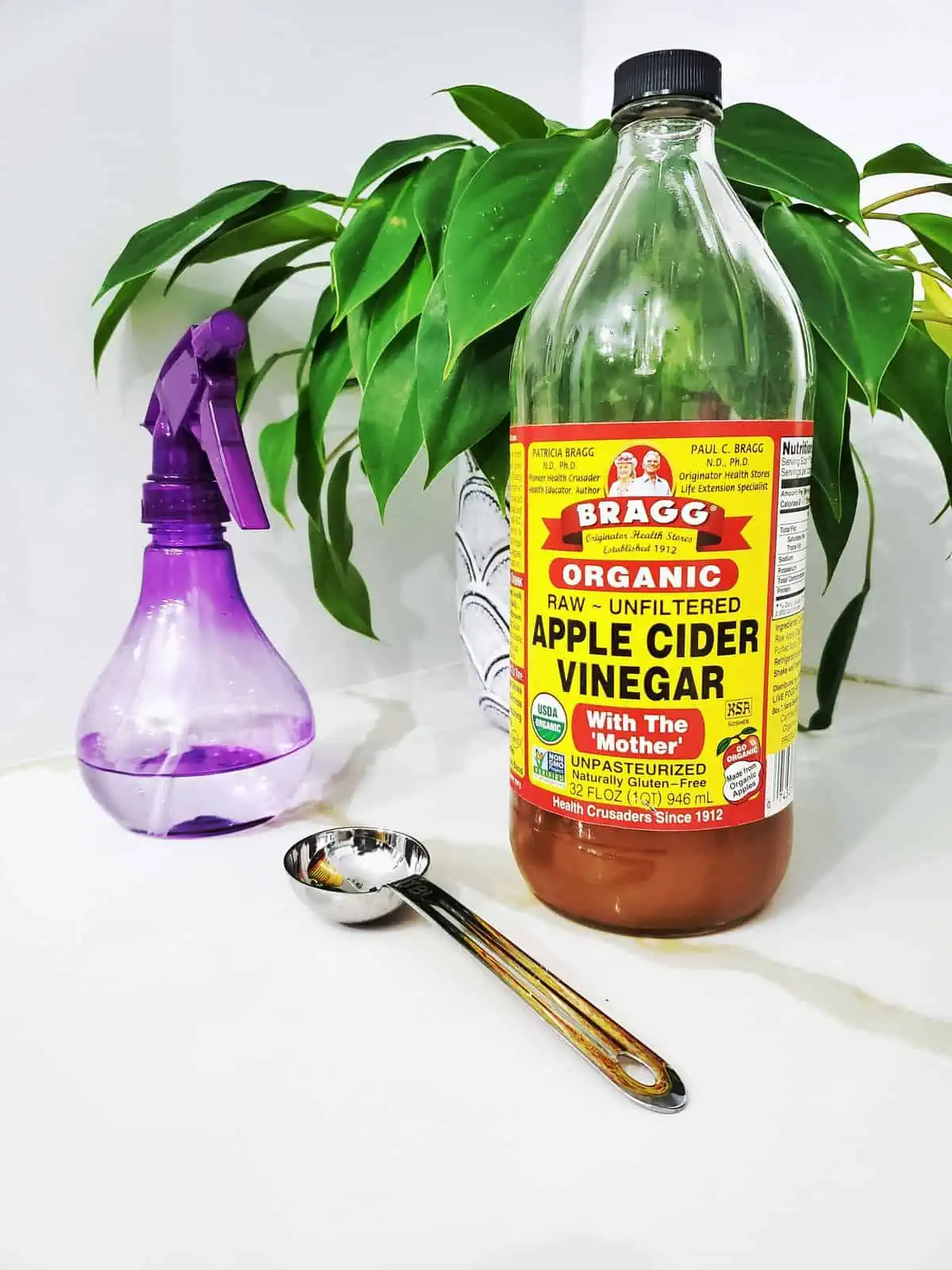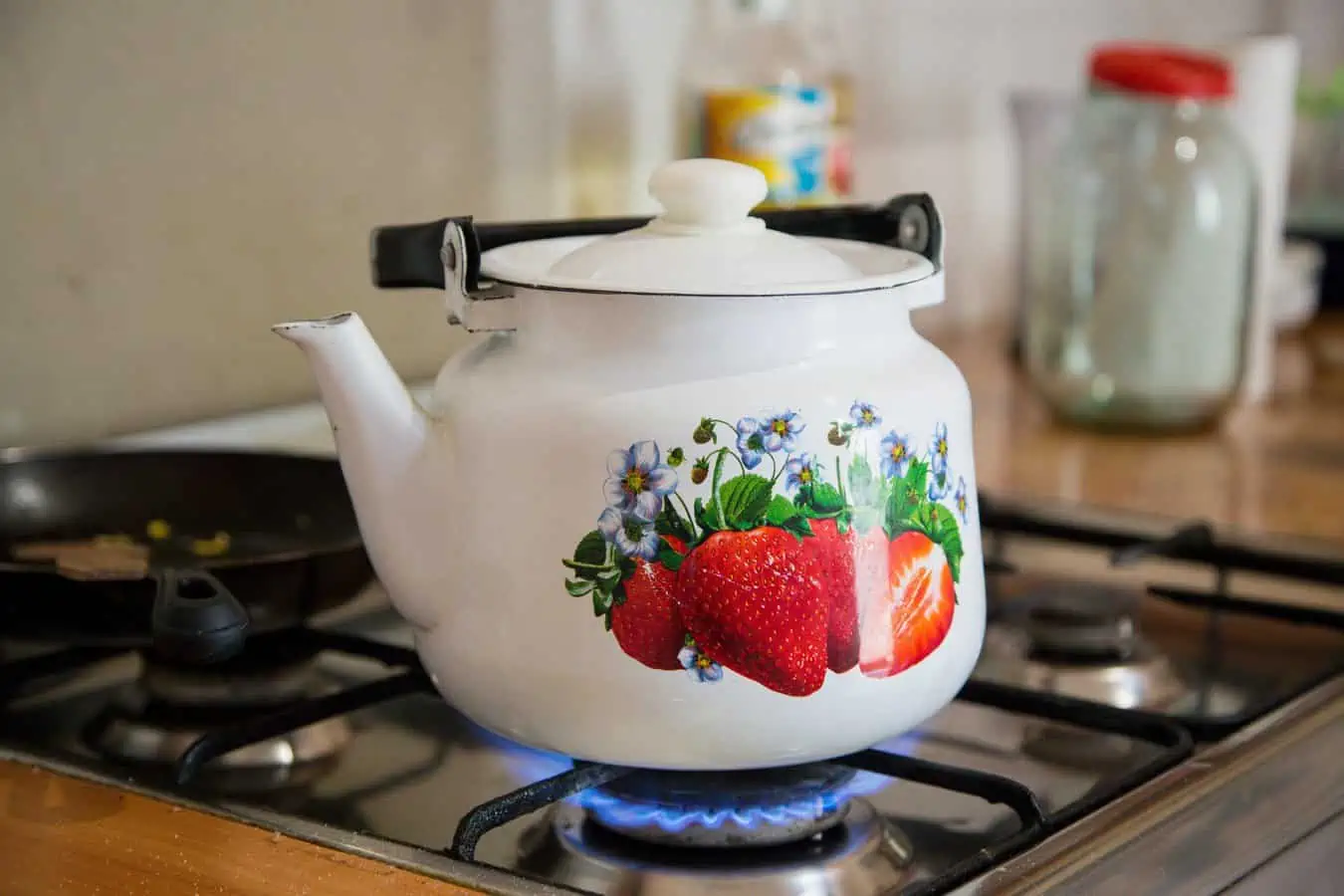Learn how to unclog a bathroom sink effortlessly with these simple and effective tips. Say goodbye to clogged sinks and enjoy a smoothly running bathroom. Read on to find out how to unclog a bathroom sink using household ingredients and tools.
The Struggles of a Clogged Bathroom Sink
Oh, the woes of a clogged bathroom sink! We’ve all been there, staring at the stagnant water in frustration as it refuses to drain away. It’s a nuisance that can put a damper on our daily routines, making simple tasks like brushing our teeth or washing our face feel like a chore. But fear not! Rest assured, in this article, we’ll delve into the depths of sink clogs and uncover the secrets to unclogging a bathroom sink with ease. So roll up your sleeves, grab your plungers, and let’s dive in, shall we?

How to Unclog a Bathroom Sink: 10 Simple Steps
1. Gather Your Supplies
Before you embark on your unclogging mission, ensure that you have the necessary supplies at hand. Additionally, it’s important to be prepared for the task ahead. Here’s what you’ll need:
- Plunger
- Rubber gloves
- Baking soda
- Vinegar
- Boiling water
- Wire hanger or plumber’s snake
2. Put on Your Rubber Gloves
To protect your hands from any unpleasant encounters with gunk and debris, it’s a good idea to put on a pair of rubber gloves before you begin the unclogging process. Moreover, wearing gloves will provide an extra layer of protection and ensure a hygienic experience. Safety first, folks!

3. Remove any Standing Water
If there’s any water sitting in the sink, use a cup or a bucket to remove it. This will make the unclogging process more effective.

4. Check the Sink Stopper
Sometimes, the culprit behind a clogged sink can be a partially closed or malfunctioning sink stopper. Ensure that the stopper is fully open and functioning correctly before proceeding. Furthermore, a partially closed or malfunctioning stopper can contribute to sink clogs and hinder the unclogging process.

5. Time for Some Plunging Action!
Place the plunger over the drain and ensure a tight seal. Start plunging vigorously, using an up-and-down motion. The pressure generated by the plunging action will help dislodge the clog and get things flowing smoothly again. Repeat this process a few times if necessary.

6. Enter the Baking Soda-Vinegar Combo
Now it’s time to unleash the power of the baking soda-vinegar combo. First, pour half a cup of baking soda down the drain. Then, follow it up with half a cup of vinegar. Subsequently, the combination of baking soda and vinegar will create a powerful reaction to break down the clog. The mixture will fizz and bubble, working its way through the clog.

7. Let it Sit and Do its Magic
After pouring the baking soda and vinegar down the drain, let it sit for about 15 minutes. This will allow the fizzing mixture to break down the clog and clear the pipes.

8. Boiling Water to the Rescue
Once the 15 minutes are up, bring a kettle of water to a boil. Carefully pour the boiling water down the drain to flush away the loosened debris. The hot water will help clear any remaining residue and ensure a thorough unclogging.

9. Time for Some Plumbing Tools
If the clog persists, it’s time to bring out the big guns. Straighten out a wire hanger or use a plumber’s snake, and carefully insert it into the drain. Gently maneuver the tool back and forth to dislodge the clog. Be patient and persistent, and soon enough, you’ll conquer the clog. In the meantime, try not to get discouraged as the unclogging process may require multiple attempts.
10. Rinse and Repeat if Needed
Once you’ve successfully unclogged the bathroom sink, run some water to ensure everything is flowing smoothly. Additionally, this step will help flush out any remaining debris and confirm that the unclogging process was effective.

Conclusion: Say Goodbye to Clogged Bathroom Sinks!
Congratulations! You’re now equipped with the knowledge and techniques to tackle clogged bathroom sinks like a pro. By following the steps outlined in this guide, using household ingredients and tools, you can bid farewell to those pesky sink clogs. Consequently, you’ll regain the smooth and efficient functioning of your bathroom sink. Remember to be patient and persistent, and don’t hesitate to seek professional help if needed. Enjoy the convenience of a smoothly running bathroom sink, and say goodbye to sink woes!
Frequently Asked Questions (FAQs)
1. How often should I unclog my bathroom sink?
The frequency of unclogging your bathroom sink depends on several factors, such as the amount of usage and the presence of hair or other debris. Specifically, understanding these factors will help you determine how often you need to address any potential clogs in your bathroom sink. It’s a good practice to clean the drain every few months to prevent major clogs from forming.
2. Can I use chemical drain cleaners to unclog my sink?
While chemical drain cleaners can be effective in unclogging sinks, they often contain harsh chemicals that can be harmful to your pipes and the environment. Therefore, it’s best to try natural methods first before resorting to chemical cleaners.
3. What if the plunger doesn’t work?
If the plunger doesn’t work initially, try adjusting the seal or using a different plunger. Alternatively, you can also try using a combination of baking soda and vinegar to break down the clog.
4. How do I prevent future clogs in my bathroom sink?
Prevention is key to avoiding future clogs. Use drain screens or stoppers to catch hair and debris, avoid pouring grease or oil down the drain, and regularly flush the drain with hot water to keep it clear.
5. Can I use a wire hanger to unclog the sink?
Yes, a wire hanger can be a handy tool for unclogging a sink. Straighten out a wire hanger and create a small hook at one end to grab onto the clog and pull it out. However, be cautious not to scratch or damage the pipes. Additionally, taking care while unclogging the sink will prevent any potential harm to the pipes and ensure the long-term functionality of your plumbing system.
6. Should I call a professional plumber if I can’t unclog the sink myself?
If you’ve tried all the DIY methods and the clog persists, it may be time to call a professional plumber. They have the expertise and specialized tools to tackle stubborn clogs and ensure the proper functioning of your bathroom sink.
Remember, each clog may have unique characteristics, so it’s essential to assess the situation and choose the best approach accordingly. Therefore, taking the time to evaluate the specific circumstances will ensure that you employ the most suitable unclogging method.
Congratulations! You’re now equipped with the knowledge and techniques to tackle clogged bathroom sinks like a pro. By following the steps outlined in this guide, using household ingredients and tools, you can bid farewell to those pesky sink clogs. Consequently, you’ll be able to enjoy a smoothly running bathroom sink without any hassle. Remember to be patient and persistent, and don’t hesitate to seek professional help if needed. Enjoy the convenience of a smoothly running bathroom sink, and say goodbye to sink woes!






You’ve done a remarkable job of covering this topic in depth. Thanks for the great read!
Appreciate your feedback!!